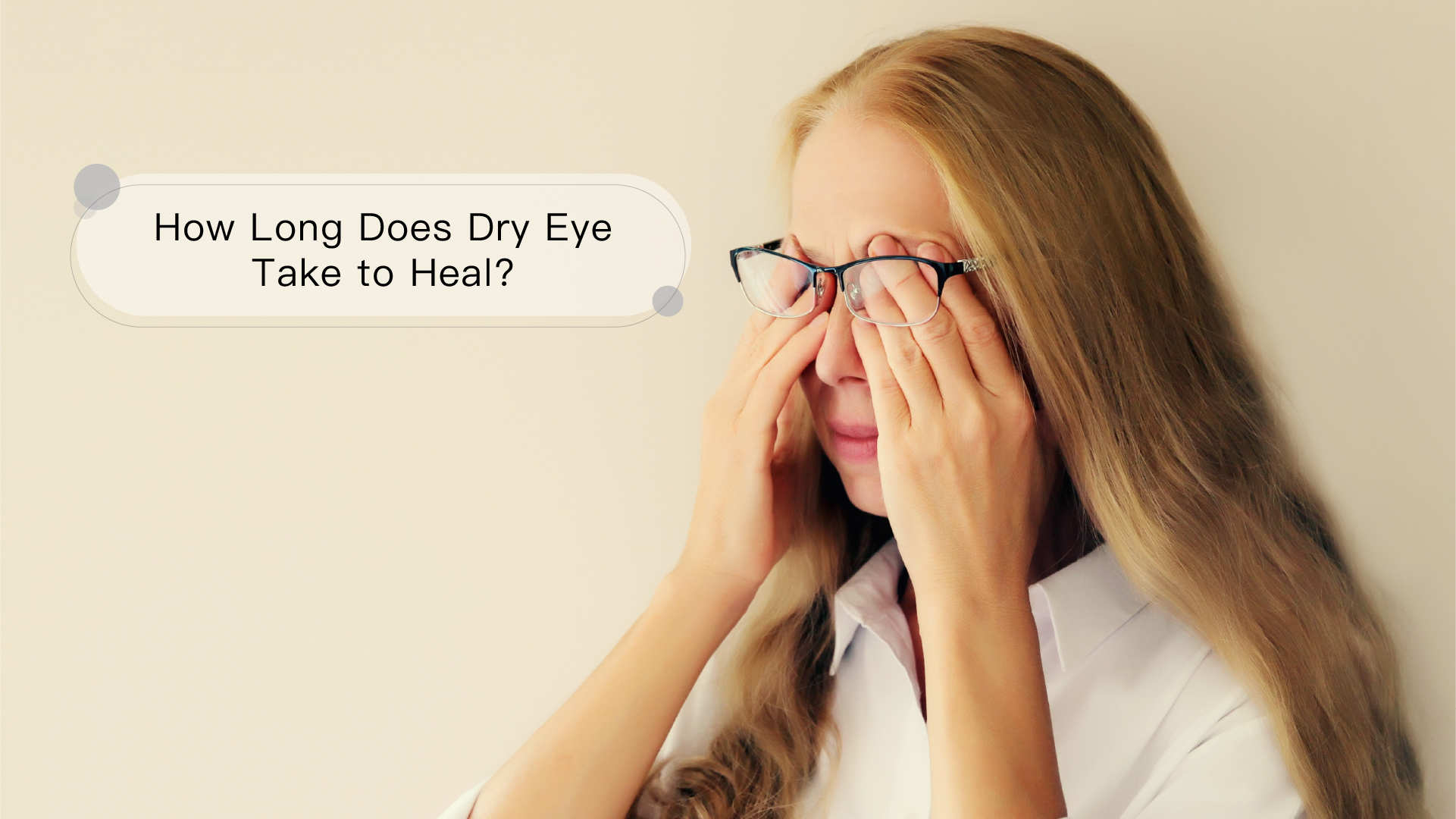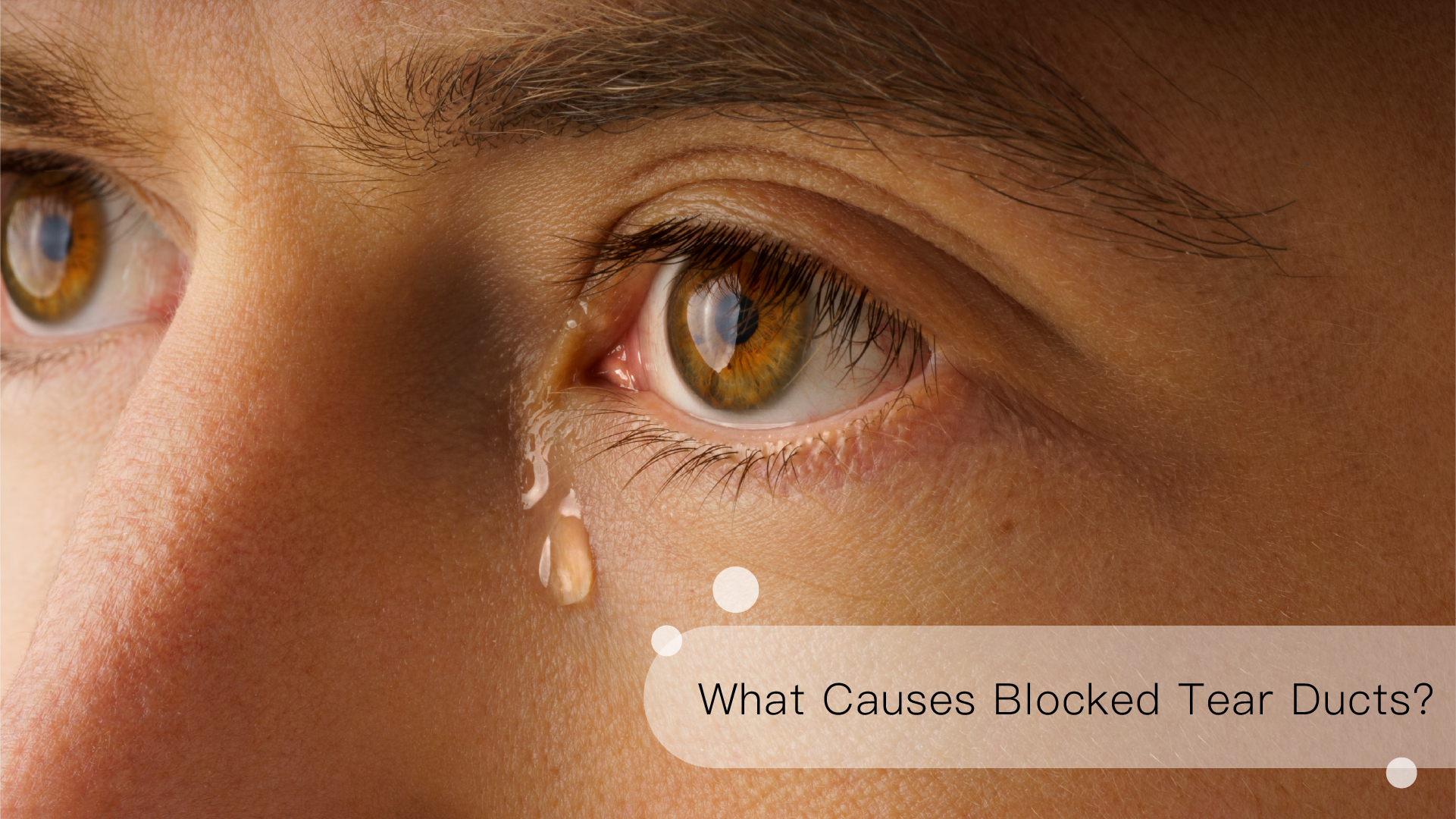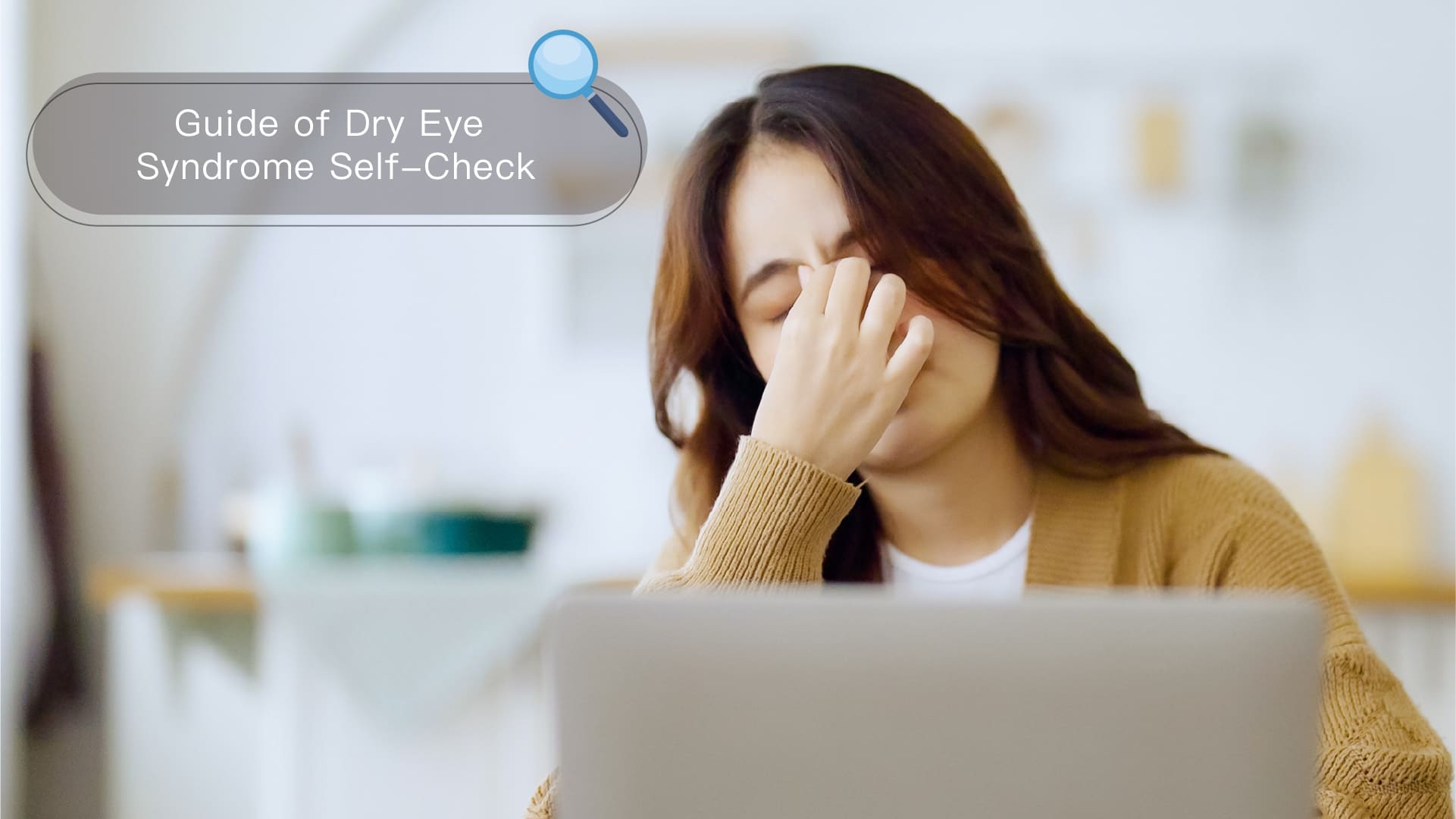What Is Dry Eye Syndrome? Common Symptoms and Causes
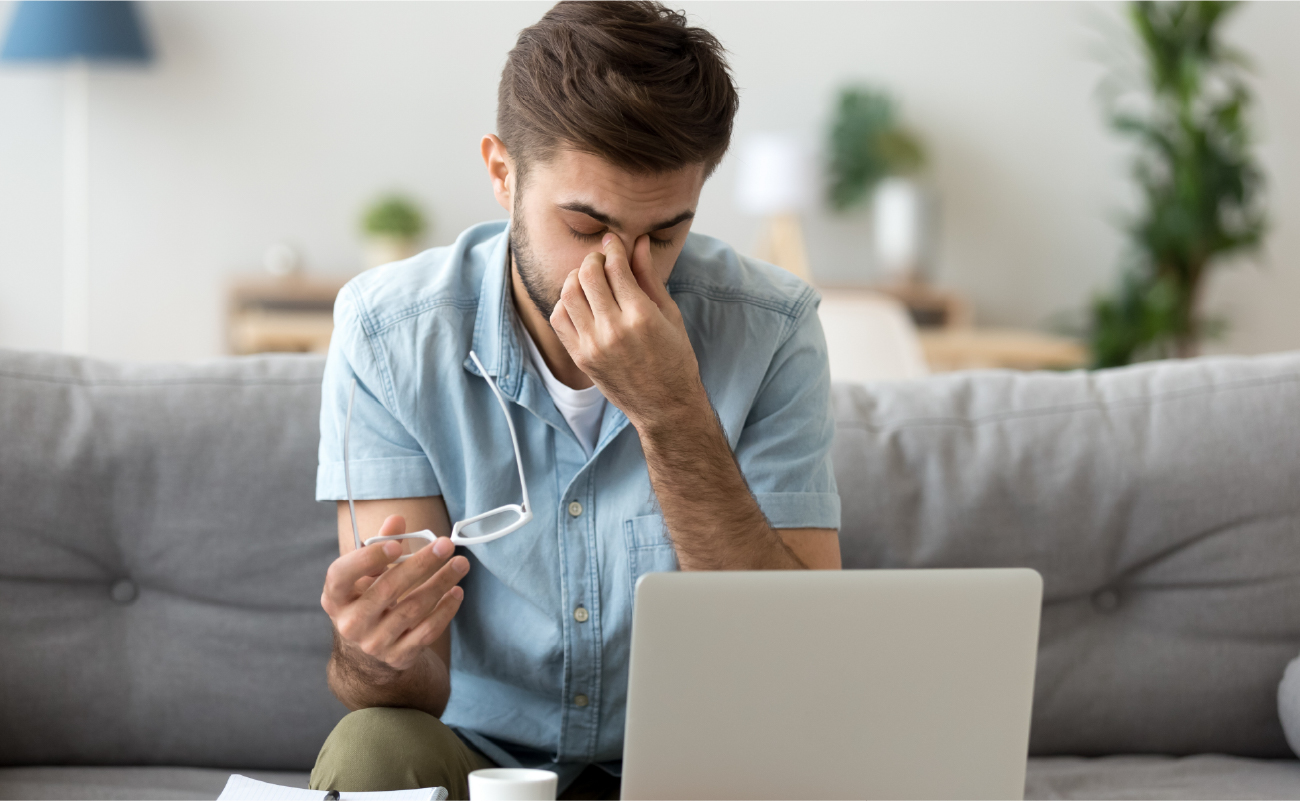
Dry eye syndrome (DES) occurs when there is insufficient tear production, uneven tear distribution, or excessive evaporation. The tear film, responsible for lubricating and protecting the eyes, has three layers: lipid, aqueous, and mucus. If any layer is deficient, dry eye may develop.
Dry eye is classified into three types: aqueous-deficient, hyper evaporative, or mixed, with most people falling into the mixed category. Common symptoms include:
- Persistent dryness and fatigue in the eyes.
- Redness, itching, burning, or stinging.
- The sensation of foreign bodies or sand in the eyes.
- Tightness or heaviness in the eyelids.
- Sensitivity to light and wind.
- Stringy or sticky discharge.
- Blurred vision.

Potential causes of dry eye syndrome include:
- Aging: Tear production decreases with age.
- Contact lenses: Long-term wear can reduce oxygen supply to the cornea.
- Screen time: Reduced blinking while using screens leads to faster evaporation of tears.
- Eyelid diseases: Dysfunction in the meibomian glands affects tear quality.
- Hormonal changes: Menopausal women are at higher risk due to hormonal shifts.
- Medications: Antihistamines, blood pressure medications, or sleeping pills can reduce tear production.
- Dry environments: Low humidity increases tear evaporation.
- Pollution: Environmental factors like smoke and wind can irritate the eyes and lead to dry eye symptoms.
How Long Does Dry Eye Take to Heal?

With proper treatment, dry eye syndrome often improves over time. The healing duration varies from weeks to months, depending on individual cases and symptom severity. Mild cases treated with non-invasive methods, such as artificial tears, may see improvement sooner. However, more severe cases or those with underlying health issues may take longer.
It’s important to understand that dry eye is a chronic condition requiring ongoing management and lifestyle changes for optimal recovery.
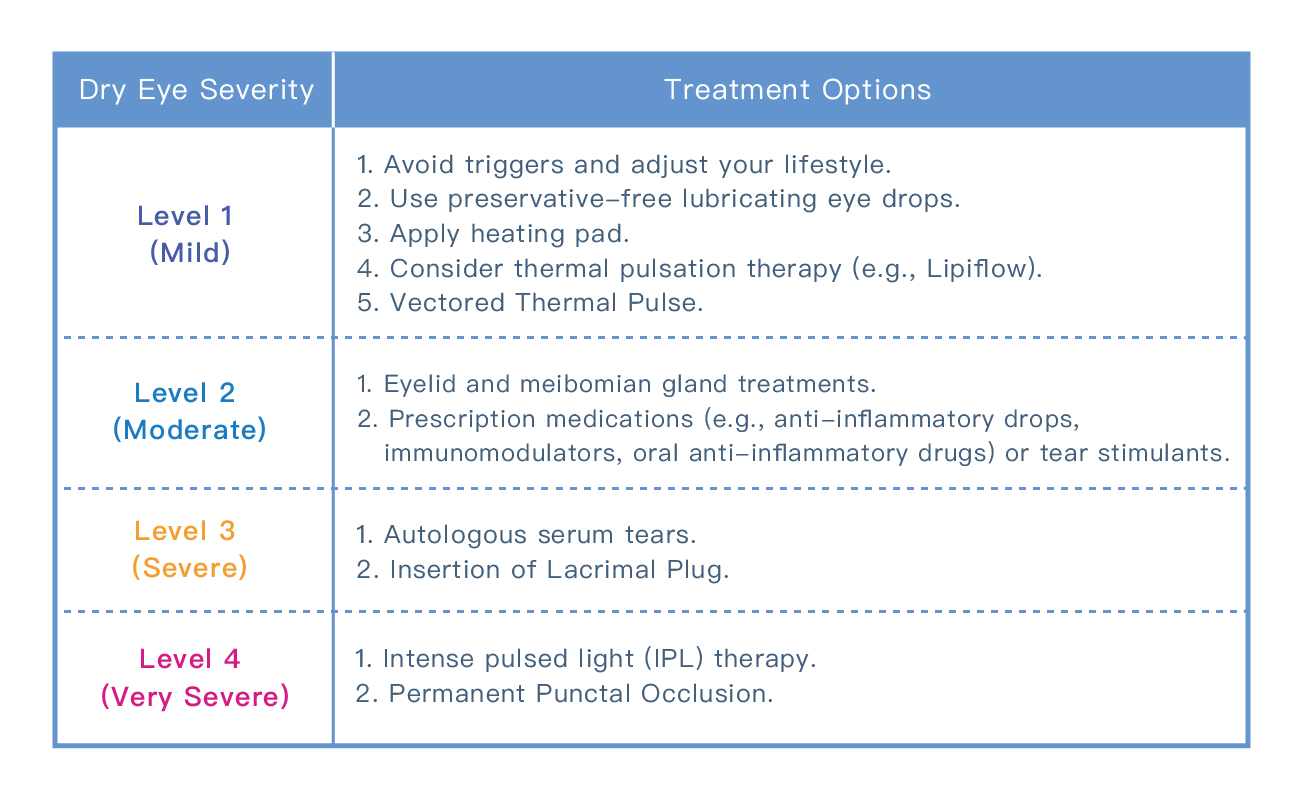
What Are the Triggers to Avoid with Dry Eye Syndrome?

To effectively relieve dry eye discomfort, avoid the following habits and adopt healthier alternatives:
- Prolonged screen time: Follow the 20/20/20 rule—every 20 minutes, look at something 20 feet away for 20 seconds.
- Dehydration or dry environments: Stay hydrated and use a humidifier to increase moisture levels in the air.
- Smoking: Smoking depletes lutein levels, which are essential for eye health.
- Excessive caffeine and alcohol: These can dehydrate the body, worsening dry eye symptoms.
- Long contact lens wear: Limit contact lens use to no more than 8 hours daily.
- Avoiding spicy foods: Reduce intake of processed, fried, or high-sugar foods and increase eye-healthy nutrients like vitamins A, C, E, and Omega-3.
- Maintaining eye hygiene: Clean eyelids daily using eyelid cleansing sprays and pads to prevent gland blockages and promote lipid secretion. Regular warm compresses can also improve tear production.
Recommend Ursapharm Hylo Intense for Dry Eye

Ursapharm Hylo Intense Lubricating eye drops contain patented hyaluronic acid and Ectoine, a multifunctional cell-level repair agent. These drops moisturize the eyes and relieve severe dry eye, prolonged fatigue, burning, and persistent discomfort.
Hylo Intense is designed for eye care without preservatives. Its particularly intensive and long-lasting moisture film ensures your eyes stay comfortable.

